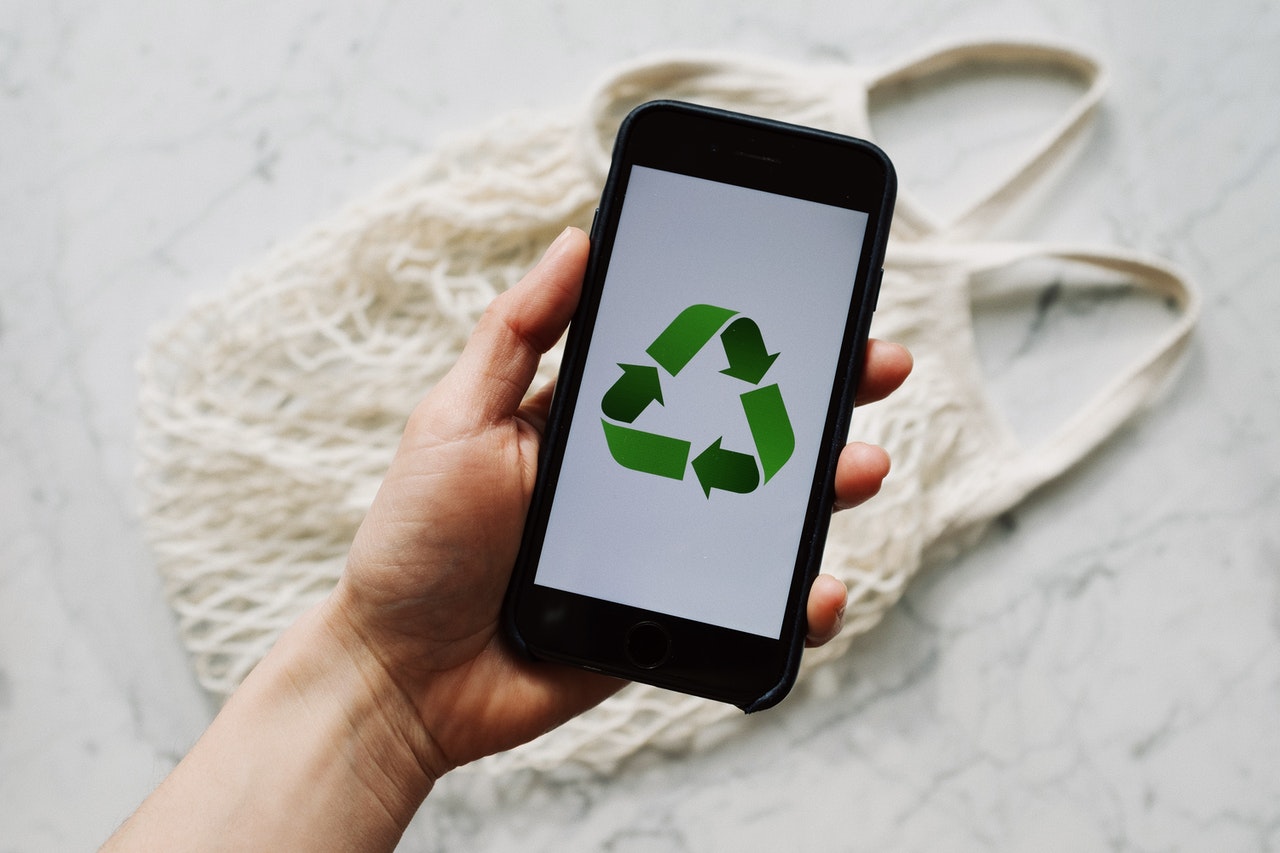If you’re worried about sustainability in the realm of consumer goods, it can be hard to know where to even begin when making the choice you want. It seems like just about every product on the supermarket shelf claims to be eco-friendly in some way or another– and while small progress is still some progress, labels such as these aren’t always very specific, nor are they regulated. In recent years the rise of “greenwashing”, or the practice of marketing a product or brand as being environmentally conscious without much to back up the claim, has become an increasingly popular tactic, making the search for alternatives that are truly more sustainable all the more difficult. Luckily, there are a few key things you can do to decipher the ‘code’ if you’re looking for greener household items.
Look for cruelty-free brands.
A recent push towards ethical beauty and chemical products has made shopping cruelty-free easier than ever, with numerous options available even at your local supermarket. If you’re unfamiliar with the term or what it fully entails, a product being ‘cruelty-free’ is simple: the product wasn’t tested on animals. Cosmetic products in particular have seen a massive influx of cruelty-free options, many of which are not only readily available at drugstores but cheaper than non-cruelty-free options. When searching for products not tested on animals, look for certification logos such as those of Cruelty-Free International’s Leaping Bunny Program.
Check the specs on “recycled” products.
While many brands claim to produce items from recycled materials, the actual percentage of materials that fit under that umbrella may be quite small. The first step is to check what percentage of the product (or product’s packaging, in applicable cases) is recycled– there’s a significant difference between something made with recycled materials and something that is 100% recycled. Other brands use “recyclable” on their labels, which often means that while the item can go in the blue bin, it’s still made of all-new materials. In any case, reducing plastic use altogether can eliminate some of the guesswork on this end, and opting for paper, cardboard, or even aluminum cans are typically a more sustainable choice.
Read up on (and research) the ingredients list.
Depending on your sustainability goals, doing some light googling can reveal whether or not something fits the bill for your shopping cart. If you’re looking for a lipstick without animal products, for instance, knowing what Natural Red 4 is– an industry name for carmine, or crushed beetles– will be beneficial. The same goes for those looking to avoid harsh chemicals and stick to natural ingredients, as even “natural” products can still contain quite a few artificial and potentially less-than-ideal components.
Check parent companies.
Being a part of a larger conglomerate doesn’t mean that an individual brand’s sustainability claims are untrue, but if you prefer to avoid big names that don’t necessarily follow their subsidiaries’ ethics practices, checking the back of the label once more can reveal a lot about who you’re buying from. Unilever, for instance, is not cruelty-free (nor are their activities in relation to the palm oil trade or deforestation the subject of praise.) However, one might be surprised to learn that Dove, Love Beauty & Planet, and Seventh Generation are all owned by Unilever. This can be beneficial in the sense that these products are easy to find in stores, but less so if you’re looking for independent companies to buy from.


